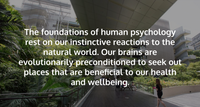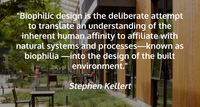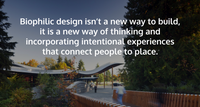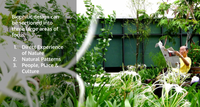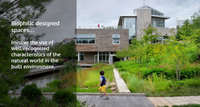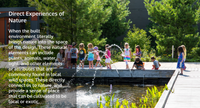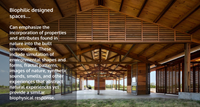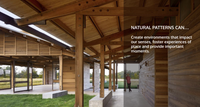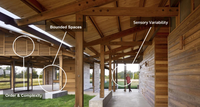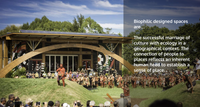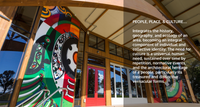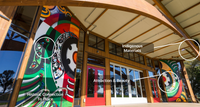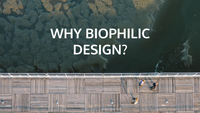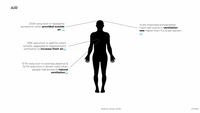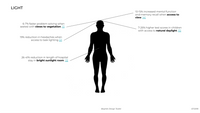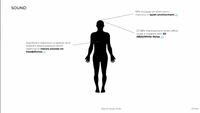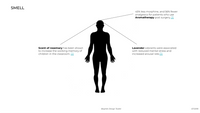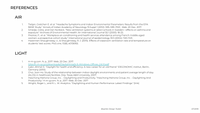What is Biophilic Design?
The concept of Biophilic Design was introduced by E.O. Wilson in his 1984 book Biophilia. Wilson, a renowned biologist and University Research Professor Emeritus at Harvard, outlined a fundamental tendency of human beings to be attracted to nature and emulate its processes and structures in everyday life.
What if we could experience the same physical, psychological, and emotional benefits moving through an urban landscape that we experience walking through a forest? What if we could right our relationship with nature by transforming the built environment in a way that ensures buildings function in harmony with the natural world?
"As a species, people are becoming more and more separated from nature and we spend more and more of our time in cities and urban environments. About 90% of our time is typically spent inside in the USA. So this relationship that we have with nature is becoming lost and divided and we tend to think of nature as something that we visit on the weekends versus being a part of our every day life."
Amanda Sturgeon - Award-winning architect, CEO International Living Future Institute
SOME FACTS to understand the need of Biophilic Design:
• By 2050, 66% of the developed world will be urbanized, and therefore we are becoming increasingly distant from nature.
• In the United Kingdom in 2015/16, 11.7 million working days were lost due to stress.
• In 2002, the European Commission estimated the costs of work-related stress in the EU at 20 billion per year.
• Americans spend 93% of their time indoors while Europeans spend 85-90% of their time indoors.
• The World Health Organization has called stress the "health epidemic of the 21st century", which imposes considerable costs on employers and increases the need for people to focus on their physical and mental health.
• We recover significantly faster from stress when exposed to a natural environment, compared to an urban environment.
Research has shown that contact with nature has a psycho-therapeutic effect.
It also has been proven that being surrounded by nature, with all the multi-sensory effects it has on us, increases our immunity, improves resilience and improves our mood.
"In a 160 second, you will decide how this story ends"
The Indoor Generation
When was the last time you took a walk in the forest?
What you might not have known is that experiences in forests can transform us out of immobilizing burnout and other distress.
If we want to create a thriving and regenerative world, we need to find ways to integrate natural forms, processes, and systems into everything we do.
Many factors affect human health and wellness, and biophilic design can provide benefits for occupants when integrated successfully into the built environment. These benefits can include increased productivity and employee happiness to improved health and test scores for youth.
By connecting humans with nature, biophilic design has been associated with:
• Managing and reducing stress
• Increasing cognitive performance and productivity
• Improving overall mood and well-being
• Shortening hospital duration time and the need for pain management

